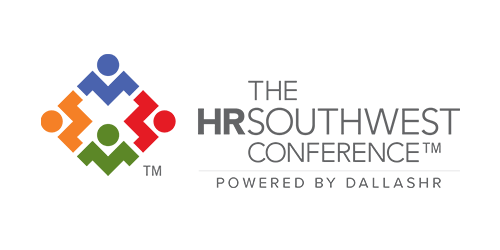
Enhancing Diversity, Equity and Inclusion in Your Company Culture
With the year drawing to a close, advancing diversity, equity, and inclusion remains a top focus for many organizations, across industries. While once DEI was a “nice to have,” it’s become something many businesses are focusing on for its strategic advantages as well as a fundamental pillar of company culture.
And culture is crucial, as the remote work of the last 20 months has frayed, diluted, or changed many cultures. Here’s how to look at diversity, equity, and inclusion—and its connection to company culture.
The business case for diversity, equity and inclusion
Of course, the business case for diversity, equity and inclusion isn’t new. As an HR professional, you are probably already well aware companies with diverse workforces are 70% more likely to capture more market share and nearly 90% more likely to make better business decisions. You’re likely aware a diverse workforce advances innovation and can improve customer service—and diversity is important to more than two-thirds of job seekers, especially those from the Millennial and Gen Z generations.
What does “diversity” truly mean? In the workplace, the definition of diversity is related to not only the quantifiable demographic traits of race, gender, age, and so on, but also to the many identities and experiences of your employees. And a diverse workplace is one thing; an inclusive workplace, where everyone’s ideas and experiences are welcomed, is another. Many leaders are realizing the magic lies in inclusion.
It’s also important to layer in the context of social consciousness in our times. As the Black Lives Matter movement gained greater awareness in the spring and summer of 2020 and allyship has grown nationwide, more people are examining their own bias and understanding of racism, diversity and inclusion. More workplaces have as well. Amid this trend, employees can aid their employers’ momentum when it comes to diversity and inclusion in company culture. Here are a few ways employers and employees can be more successful in working together toward this goal.
Training and education
These are times in which many—employers and employees—are realizing they have much to learn. Bringing in trained professionals to expand shared understanding of cultural competency, racial trauma, microaggressions, pay inequity and more can ultimately strengthen your company culture by creating a foundation of shared understanding. According to experts, diversity training is most effective when it lays out an inclusive company culture, embraces diverse approaches, and goes beyond do’s and don’ts to create a sense of shared understanding.
If your workplace has experienced turnover or brought significant new staff onboard, now may be the perfect time to plan training to enhance company culture. To reap the most benefit, make trainings and policy development regular and ongoing. This ingrains them into your company culture and may help employees feel more invested in them.
Expand diversity in hiring
As a result of a new focus on DEI, many companies have changed their hiring practices. Sourcing a more diverse pool of candidates, though, includes expanding into new sources. If you’re relying on proven sources and haven’t expanded, it’s time to do so. In addition to reliable sources like job fairs, alumni, career services networks, and job posting platforms, considering expanding to include new sources and pools of talent (like veterans and those with career gaps, among others). This can help you broaden your hiring diversity.
In addition, employees themselves can be sources of referrals. Reach out to include them in your recruiting efforts and make it easy for them to do so with links and regular communication.
Involve leaders and managers
Many organizations choose to start or advance their efforts toward diversity, equity and inclusion with consultants and change agents. It’s important, though, to involve leaders and managers from the beginning. Doing so can help them serve as champions for progress and, according to research from Harvard Business Review, ensure programs fit smoothly into the ways management is already working. In addition, DEI goals must often be championed from the top in ways which inspire employees at all levels.
Be ready to be held accountable
These are high-stakes times: greater awareness is fostering more accountability. Consumers aren’t shy about calling brands out on social media for the change they believe must occur within companies. Your employees are stakeholders in your brand’s success, so invite them to be part of the effort to be held accountable. Leaders and managers can clearly share plans and goals for diversity and inclusion internally (as well as publicly) and be transparent in communicating progress. And, when missteps do occur, employees can be part of calling out what happened and what needs to change.
How is your organization involving employees in your diversity and inclusion goals and initiatives? Did you achieve your 2021 priorities? What are you goals for 2022?
DallasHR is the third largest SHRM affiliate chapter in the nation. With more than 2,300 engaged HR professionals, the Chapter has been Advancing the Value of HR since 1939 through cutting-edge education, fun networking events and opportunities to share best practices with others in the field of HR. The Chapter powers The HRSouthwest Conference, one of the largest regional HR events in the U.S. hosting more than 2,400 attendees in Fort Worth annually. DallasHR events are held in both Dallas and Collin Counties. Visit us at dallashr.org to join or hrsouthwest.com to register and follow us at #DALLASHR, #HRSWC.





